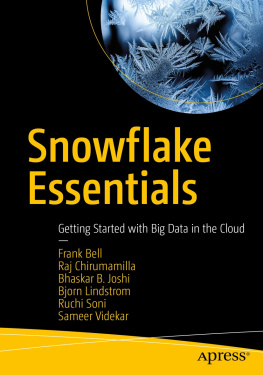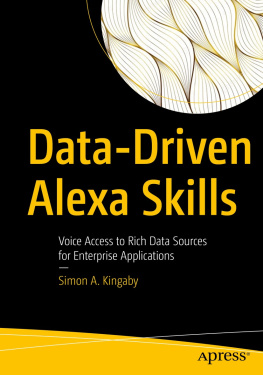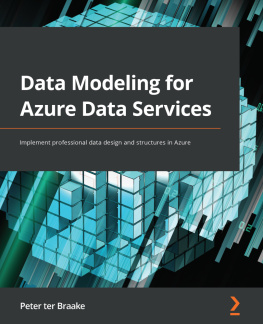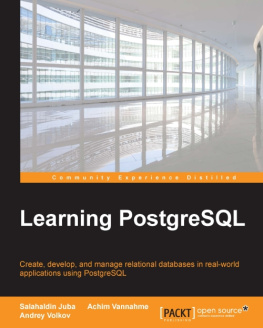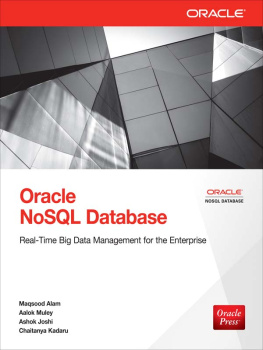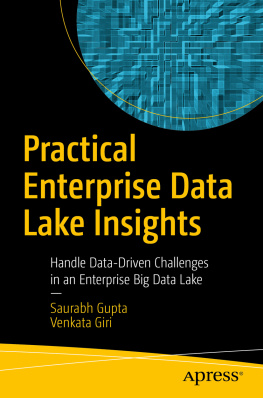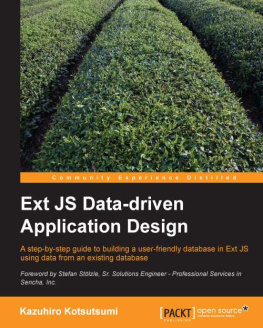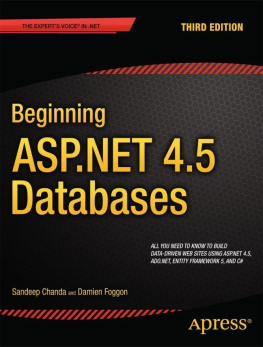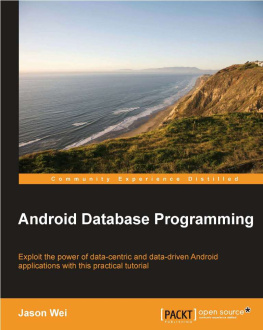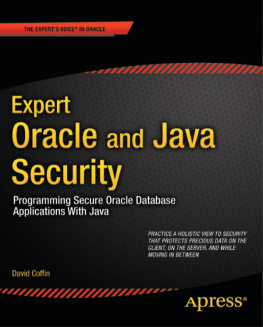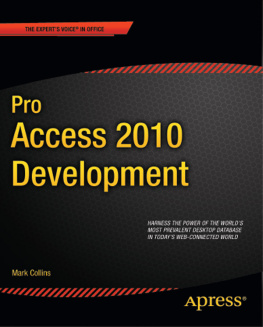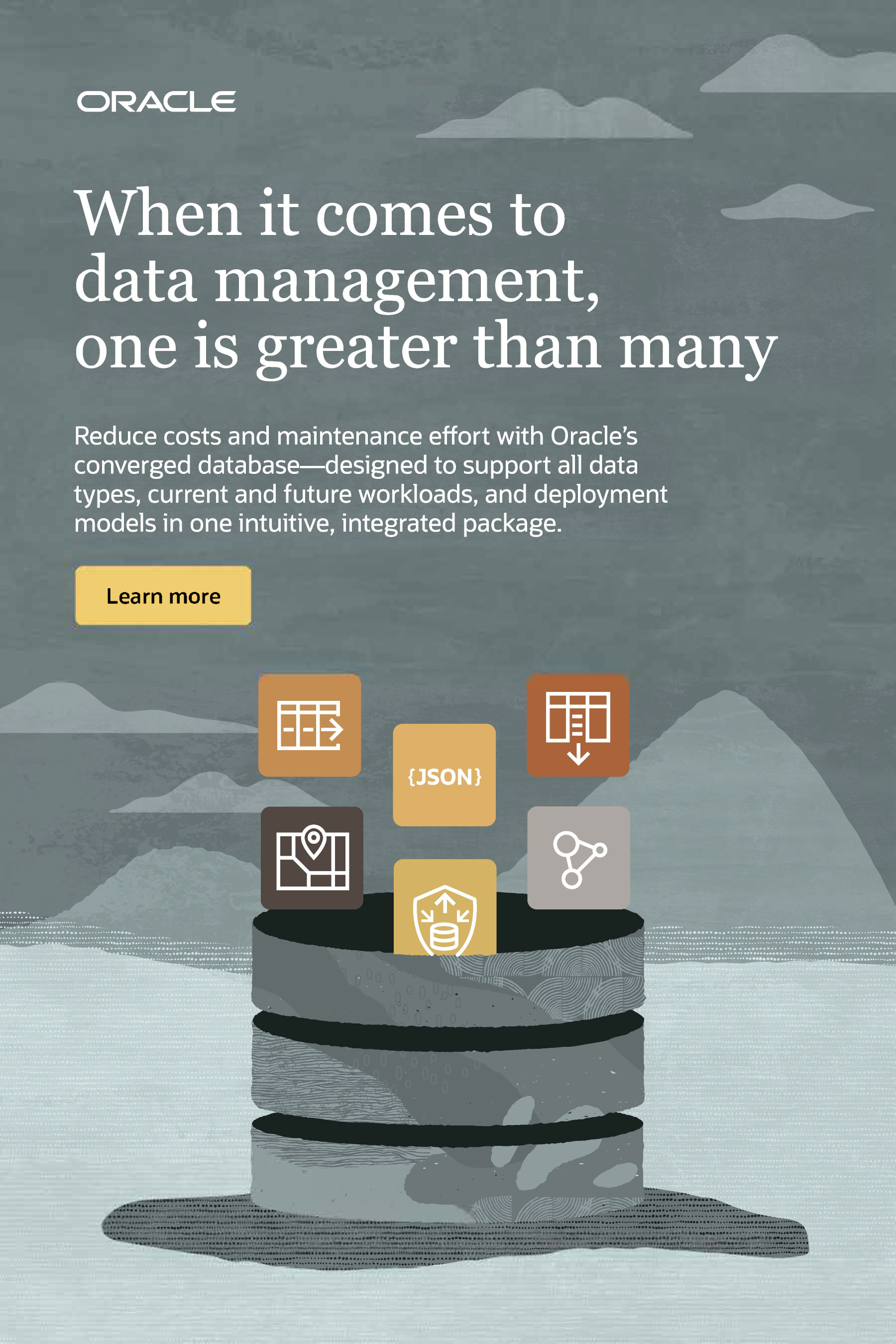Developing Modern Applications with a Converged Database
by Alice LaPlante
Copyright 2021 OReilly Media. All rights reserved.
Printed in the United States of America.
Published by OReilly Media, Inc. , 1005 Gravenstein Highway North, Sebastopol, CA 95472.
OReilly books may be purchased for educational, business, or sales promotional use. Online editions are also available for most titles (http://oreilly.com). For more information, contact our corporate/institutional sales department: 800-998-9938 or corporate@oreilly.com .
- Acquisitions Editor: Andy Kwan
- Development Editor: Nicole Tache
- Production Editor: Kate Galloway
- Copyeditor: Penelope Perkins
- Proofreader: Christina Edwards
- Interior Designer: David Futato
- Cover Designer: Karen Montgomery
- Illustrator: Kate Dullea
- August 2021: First Edition
Revision History for the First Edition
- 2021-08-19: First Release
The OReilly logo is a registered trademark of OReilly Media, Inc. Developing Modern Applications with a Converged Database, the cover image, and related trade dress are trademarks of OReilly Media, Inc.
The views expressed in this work are those of the author, and do not represent the publishers views. While the publisher and the author have used good faith efforts to ensure that the information and instructions contained in this work are accurate, the publisher and the author disclaim all responsibility for errors or omissions, including without limitation responsibility for damages resulting from the use of or reliance on this work. Use of the information and instructions contained in this work is at your own risk. If any code samples or other technology this work contains or describes is subject to open source licenses or the intellectual property rights of others, it is your responsibility to ensure that your use thereof complies with such licenses and/or rights.
This work is part of a collaboration between OReilly and Oracle. See our statement of editorial independence.
978-1-098-10735-2
[LSI]
Developing Modern Applications with a Converged Database
The mantra has changed. Its no longer, every business is a software businessas attributed to Watts S. Humphrey, the so-called father of quality in software, and echoed by any number of tech leaders. That attitude is so last decade.
Today, every business wants to be a data business. It is generally accepted today that organizations that realize and pursue this vision will accelerate ahead of their competitors, and remain ahead, especially in uncertain markets.
But according to the 2021 executive survey on corporate data initiatives from NewVantage Partners:
Only 48.5% of businesses are currently driving innovation with data.
Only 39.3% are managing data as a business asset.
Only 30% have a well-articulated data strategy for their company .
Only 24.4% have forged a data culture.
Only 24% have created a data-driven organization.
Deloitte found much the same thing when surveying executives from large enterprises in July 2019. Although 76% said their data analytics skills had matured over the previous 12 months, the majority of executives were still using traditional tools like spreadsheets (62%) and business intelligence (BI) software (58%) to analyze data.
Additionally, more than 6 in 10 (64%) organizations in the Deloitte study rely solely on structured data from internal systems. By doing this, they are missing insights they could be getting from unstructured data like email, social media, images, and audio files. This unstructured data provides much deeper insight into events, actions, and trends that have the power to affect your business. A point in fact: Deloitte found that companies including unstructured data in their analyses were 24% more likely to meet or beat business goals.
For todays business, just possessing datastructured or unstructuredisnt the goal. Its having data-driven applications that can make sense of this data that matters. But incorporating unstructured data is an ongoing challenge. It either has to be converted into a schema recognized by a traditional databasean extra, time-consuming stepor stored in a specialty database. For example, if youre building a fraud-protection payment system for storing relational data, you might need additional blockchain and graph analytics integrated with it to fight fraud on a real-time basis.
In this report, we explain why developing data-driven apps with a single data platform potentially makes more sense than cobbling together numerous specialty databases. We discuss how you can use the latest techniques in software architecturesuch as microservices, event streaming, REST (representational state transfer) APIs, and SaaS (software as a service) modelsby taking advantage of the synergistic data technologies within a converged database, and that you can even analyze unstructured data such as graph, spatial, or JSON (JavaScript object notation) data without having to convert it. By providing the perspectives and examples of real-world practitioners from a variety of verticals, we will demonstrate how a converged database can streamline data management and ultimately allow businesses to achieve a competitive edge.
Data-Driven Applications: The New Gold Standard of Enterprise Software
Data-driven apps are apps that use diverse sets of datadocument data, sensor data, spatial data, transactional data, and moreto help businesses derive immediate value from that data. These diverse sets of data are typically taken from multiple sources in real time.
For example, a data-driven app might bring together historical customer purchase data with social media data and machine learning to make real-time recommendations to customers. Or it might use spatial data combined with transactional data to detect fraud in card-not-present (CNP) transactions.
Such data-driven apps work across multiple platforms, such as mobile devices, web browsers, and even edge devices, and thus can be delivered flexibly and reliably no matter whoor whatconsumes them. Given the ever-changing demands on these apps, they need to be continuously adjusted as the market shifts, or as user requirements evolve. And, they must be updated and patched while online, as they are expected to be available 24/7.
These apps are built by taking a data-first approach, or, as database programmer Kenneth Downs wrote in his blog, by following a minimize code, maximize data strategy. In his words, you bring the algorithms to the data, not the data to the algorithms.
Data-driven applications open up numerous opportunities for businesses, including:
Leveraging large volumes of diverse data sets to automate business processes, solve problems, and seize new opportunities.
Making data available throughout your business within a single application. Because they are designed to be contextual, data-driven apps can customize each view with accurate, timely, and relevant information.
Integrating data to create 360-degree views of customers and operations.
Allowing users to serve themselves by automatically querying master data, metadata, models, schemas, and graphs without needing to involve IT.



